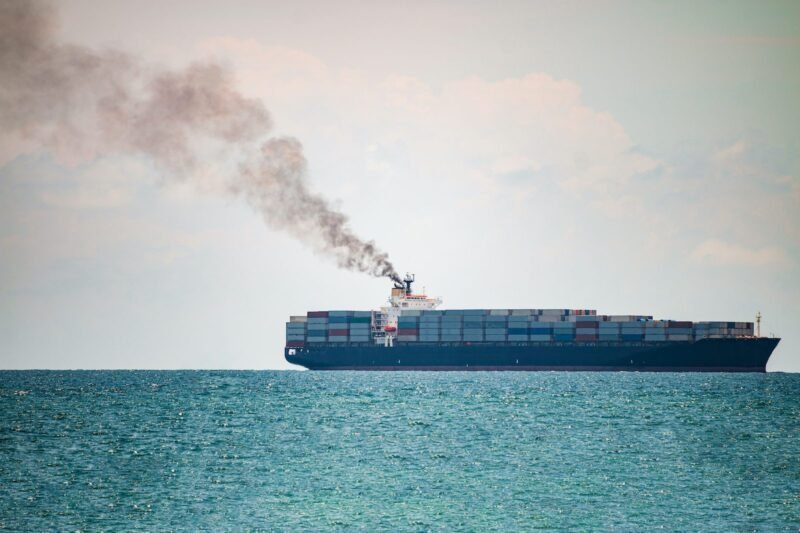The IMO Marine Environment Protection Committee (MEPC 82) has agreed to further consider the concept of “polar fuels” at a technical committee meeting in January, paving the way for future regulation of black carbon emissions. The IMO and Member States must develop mandatory regulations to reduce black carbon emissions in the coming months, with the goal of approval at MEPC 83 in April 2025 and adoption by 2026. Black carbon, a potent climate pollutant from ships’ incomplete burning of fossil fuels, has a significant impact on global warming, especially in the Arctic, where emissions have more than doubled in recent years.
The shipping industry can reduce black carbon emissions by transitioning from heavy fuel oil to lighter distillates, which could cut emissions by 50 to 80 percent. Technology like diesel particulate filters can further reduce emissions. The concept of polar fuels, which would distinguish fuels for use in polar regions, is being considered by IMO Member States. The urgency to address black carbon emissions in the Arctic is crucial to prevent irreversible impacts on the region’s climate and environment.
At MEPC 82, two new emission control areas (ECAs) were adopted for Canadian Arctic waters and the Norwegian Sea, aiming to reduce nitrogen oxides, sulfur oxides, and particulate matter emissions from ships. The creation of a potential ECA in the North Atlantic could further improve air quality and reduce black carbon emissions. While these measures are positive steps, a comprehensive Arctic-wide black carbon regulation is still needed to fully address the detrimental impact of shipping emissions on the Arctic environment.

















